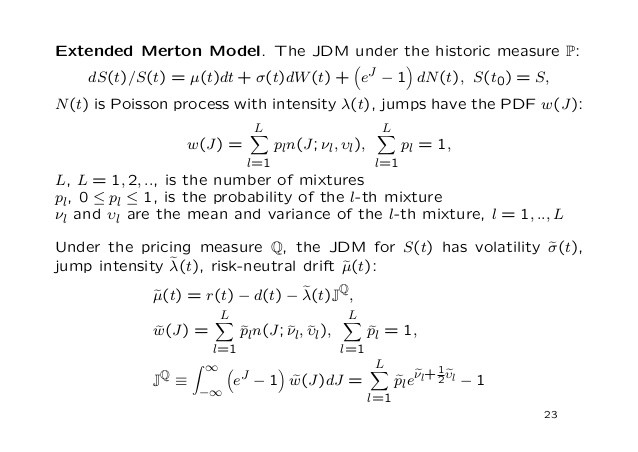Spread transaction
Post on: 15 Июль, 2015 No Comment

A position in two or more options of the same type .
Similar financial terms
A spread is either (a) the gap between bid and ask prices of a stock or other security, (b) The simultaneous purchase and sale of separate futures or options contracts for the same commodity for delivery in different months (also known as a straddle), (c) the difference between the price at which an underwriter buys an issue from a firm and the price at which the underwriter sells it to the public or (b) the price an issuer pays above a benchmark fixed-income yield to borrow money.
AN option where the payoff depends on the difference between two market variables.
The simultaneous purchase and sale of two options that differ only in their expiration dates.
Strategies that involve positioning a portfolio to capitalize on expected changes inyield spreads between sectors of the bond market.
Simultaneous purchase and sale of two options that differ only in their exercise price.
Difference between U.S. Treasury bill rate and eurodollar rate; used by some traders as a measure of investor/trader anxiety.
A computer program that organizes numerical data into rows and columns on a terminal screen, for calculating and making adjustments based on new data.
Spreading is a strategy that involves a position in one or more options so that the cost of buying an option is funded entirely or in part by selling another option in the same underlying.
Also called margin income, the difference between income and cost. For a depository institution, the difference between the assets it invests in (loans and securities) and the cost of its funds (deposits and other sources).
The ratio of the yield spread to the yield level.
Also called credit spread, the spread between Treasury securities and non-Treasury securities that are identical in all respects except for quality rating. For instance, the difference between yields on Treasuries and those on single A-rated industrial bonds.
(a) The spread over an issuer’s spot rate curve, developed as a measure of the yield spread that can be used to convert dollar differences between theoretical value and market price. (b) The cost of the implied call embedded in a MBS, defined as additional basis-yield spread. When added to the base yield spread of an MBS without an operative call produces the option-adjusted spread.
The spread between any two maturity sectors of the bond market.
The difference between the bid and asked prices.
A spread strategy in which an investor buys an out-of-the-money put option, financing it by selling an out-of-the money call option on the same underlying.
Applies to derivative products. A strategy in which there is a simultaneous purchase and sale of options of the same class at the same strike prices, but with different expiration date.
The difference between the price of the three-month U.S. Treasury bill futures contract and the price of the three-month Eurodollar time deposit futures contract with the same expiration month.
In the soybean futures market, the simultaneous purchase of soybean futures and the sale of soybean meal and soybean oil futures to establish a processing margin.

A highly leveraged transaction (HLT)
The transactions costs are the expenses to the execution of a trade. It includes the commissions plus the difference between the price obtained and the midpoint of the bid-offer spread.
A desire to hold cash for the purpose of conducting cash based transactions.
The need to accommodate a firm’s expected cash transactions.
A loan extended by a bank for a specific purpose. In contrast, lines of credit and revolving credit agreements involve loans that can be used for various purposes.
Risk to a firm with known future cash flows in a foreign currency that arises from possible changes in the exchange rate.
Any transaction that is not tax-free to the parties involved, such as a taxable acquisition.
A self-funding, self-hedged series of transactions that usually utilize mortgage securities as the primary assets.
Costs of completing a transaction, including commissions, market impact costs, and taxes.
A transaction where exchange is immediate, as contrasted to a forward contract, which calls for future delivery of an asset at an agreed-upon price.














